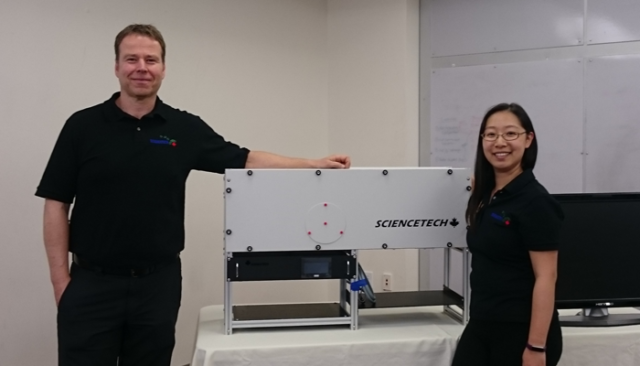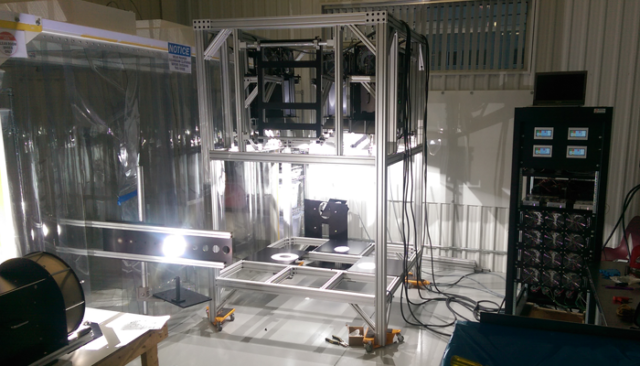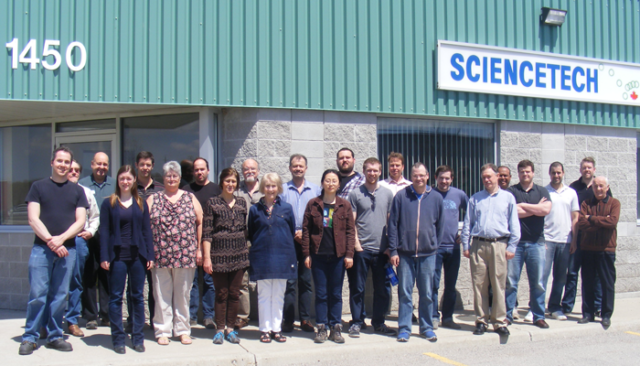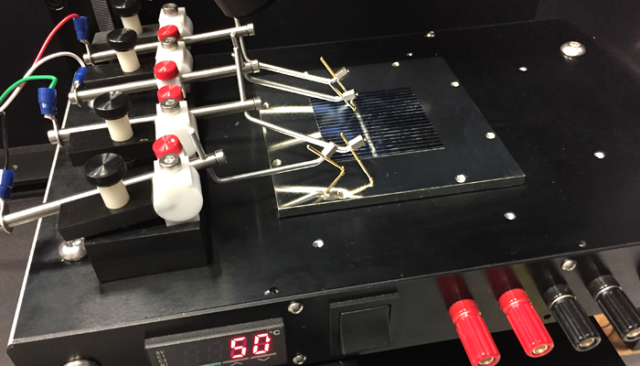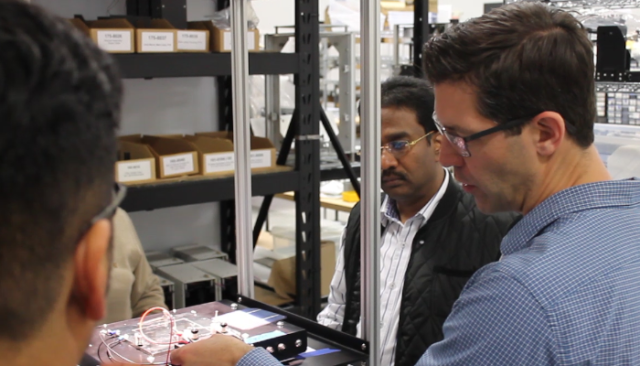-
Headquarters -
1450 Global Drive, London, Ontario, N6N 1R3
-
Year established -
1985
-
NAICS -
333310 - Commercial and service industry machinery manufacturing
-
Major expansions -
2009
-
Employees -
35
-
Exports -
US, EU, Asia-Pacific
-
Download -
Sciencetech
Sciencetech designs and manufactures optical spectroscopic instruments, which are utilized across a wide range of industries and applications.
Operating out of its relatively unassuming London, Ontario facility, Sciencetech Inc. is one of the world’s leading suppliers of spectroscopy instruments. The firm has supplied spectroscopy equipment to the National Aeronautics and Space Administration (NASA), the European Space Agency, and a multitude of other cutting-edge research institutes. Sciencetech was established in 1985 by previous employees of Photochemical Research Associates (PRA), another spectroscopy equipment designer/manufacturer that folded earlier that year when the Canadian government embargoed sales of high-tech products to Russia—PRA’s main customer. Newly helmed by Argentinian-born physicist Alexander Quaglia, Sciencetech hit the ground running, experiencing early success. Since then, the firm’s growth has continued at a swift pace, with an expansion of facilities in 2009, and another planned expansion that will nearly double its capacity.
Sciencetech’s most popular products are its solar simulators, which account for approximately 60 per cent of total revenue. These simulators are composed of a high-powered lamp contained within a sophisticated housing that can precisely control the amount of light exposure on external surfaces, simulating the sun for a variety of laboratory testing applications. Furthermore, Sciencetech has a large catalogue of other instruments that it manufactures and sells, such as a line of far infrared spectrometers, which generate invisible infrared light waves. Notably, the European Space Agency used Sciencetech’s SPS-300 far infrared system to calibrate the detectors for its Planck and Herschel space telescopes, allowing the telescopes to analyze the infrared radiation remaining from the Big Bang.
A truly global company, Sciencetech has customers in every corner of the world. The firm exports approximately 95–98 per cent of its products, and partners with other 30 sales representatives across the globe, including in Asia, the Middle East, and Europe. In addition, customers come from a diverse mix in terms of sector (i.e., public or private) and industry (e.g., health care, security, national defence, pollution detection, food sciences, etc.).
When asked if Sciencetech’s product mix will remain constant, Quaglia’s answer is a resounding “no.”
He explains that demand for the company’s spectrometry instruments is constantly changing as its customers continue to develop new technologies, and thus require new testing equipment. Sciencetech’s business model is therefore centered around continuous innovation, with customers valuing the company’s ability to consistently create high-quality new products tailored to their specific needs. One example of this innovation is a new line of solar simulators for testing solar “blind” spots on newly developed self-driving cars. Self-driving cars contain proximity sensors, and these sensors can malfunction in direct sunlight if the light exposure is great enough. Accordingly, Sciencetech’s new simulators need to be highly mobile and powerful in order to approximate all the ways the sun may hit the vehicles. Quaglia speculates that eventually, there will be bigger vehicles that require the same testing (e.g., buses, trains, and other forms of public transport). He explains that this is one of the key drivers of the firm’s need to acquire new facilities, as it currently does not possess a large enough space to adequately develop the testing instruments for the technologies of tomorrow.
Because a significant amount of university research funding depends on the participation of private-sector firms as industrial partners, many academic researchers seek out Sciencetech for this purpose. In this way, Sciencetech’s connection with its customers is often much more collaborative than the typical buyer–seller relationship and the company benefits from close contact with its customers’ research, with valuable “brainpower” and human capital being shared both ways.
Fortunately, with a staff comprised of eight PhDs and 15 Master’s in Engineering graduates, as well as two highly skilled machinists/computer numerical control operators, brainpower is an abundant resource at Sciencetech. The team can be roughly divided into “front-end” and “back-end” staff; employees in the former group speak to customers directly, and create customized purchase orders for each client. While these employees primarily fulfil a business/sales role, they also need to be very knowledgeable about the application of the instruments they sell, so many have doctorate degrees in physics and other scientific fields. Purchase orders are then transferred to a “feasibility” team (made up of a physicist, a mechanical engineer, and an electrician) to determine whether the client’s project is practicable, or requires revision. Once it passes this stage, the project is forwarded to the “back-end” team of engineers and machinists for building/completion.
For Quaglia, providing high-quality jobs to the local community is a social obligation.
As such, Sciencetech prioritizes hiring staff from local institutions like Western University and Fanshawe College, although finding the right candidate sometimes necessitates hiring from other universities in Southwestern Ontario. The company offers six-month engagement programs for new graduates, and takes on candidates that show promise to flourish within Sciencetech’s collaborative culture.
The aforementioned expansion of Sciencetech’s facility is a strategic priority, as it will help the company meet the demand for more technology-intensive projects. Remaining innovative and up to date with customers’ needs is key to the firm’s continued success and business model. Sciencetech also intends to double its staff from 35 to 70. However, Quaglia notes that pursuing these goals brings risks associated with receiving the proper funding: he feels there is an excessive amount of bureaucracy and “red tape” involved with large-scale business loans from chartered banks in Canada. Further, he believes that the lack of support from the banking system poses a competitive risk for Canadian companies compared to those located overseas—particularly in China. Quaglia explains how the involvement of the central government in China fosters a more cooperative relationship between all parties, and allows for loans to be targeted towards technology-centric businesses with high social utility and growth potential.
By contrast, Quaglia asserts that the Canadian chartered banks’ narrow focus on short-term profit potential often means that funding for expansions does not go to businesses with the highest potential to benefit the community. To this end, he hopes that the Canadian government will make strides in the future towards a more cooperative environment for promising businesses to receive funding. In particular, he suggests that organizations like the Business Development Bank of Canada could focus less on being a “lender of last resort,” and more on offering a feasible alternative to charter banks for successful and socially useful businesses.
Another challenge that Sciencetech faces is striking a balance between expending company effort and money on research and development (R&D) versus pure manufacturing. On the one hand, the former is costly, yet makes the company more competitive in the long term by increasing the potential applications of its instruments. On the other hand, the latter provides a steady stream of short-term revenue. As such, an ongoing cost–benefit analysis must be conducted to keep the company profitable both in the long run and the short run.
Sciencetech’s relationship with the Canadian government is very positive, and Quaglia readily acknowledges it as a helpful business partner. Through the Scientific Research and Experimental Development Tax Incentive (SR&ED) program, Sciencetech is able to recover up to 30 per cent of its R&D expenditures. The company also participates in the National Research Council of Canada’s Industrial Research Assistance Program (IRAP), which has been instrumental in making programs available for technical and scientific developments, especially within Ontario-based universities. In addition, many postdoctoral employees were hired with the financial support of the Natural Sciences and Research Engineering Council (NSERC) under programs like the Industrial R&D Fellowship (IRDF).
Overall, Sciencetech’s drive for innovation and passion for community engagement make it an exciting company to follow, and one that is sure to prosper as the firm’s technology continues to develop.
For more information about Sciencetech, visit their website.
Published: May 17, 2017

Giatec Scientific
Giatec Scientific manufactures concrete testing and analyzing solutions, enabling the wireless monitoring of concrete properties, accurate condition assessment of infrastructure, and durability-based quality control of concrete.
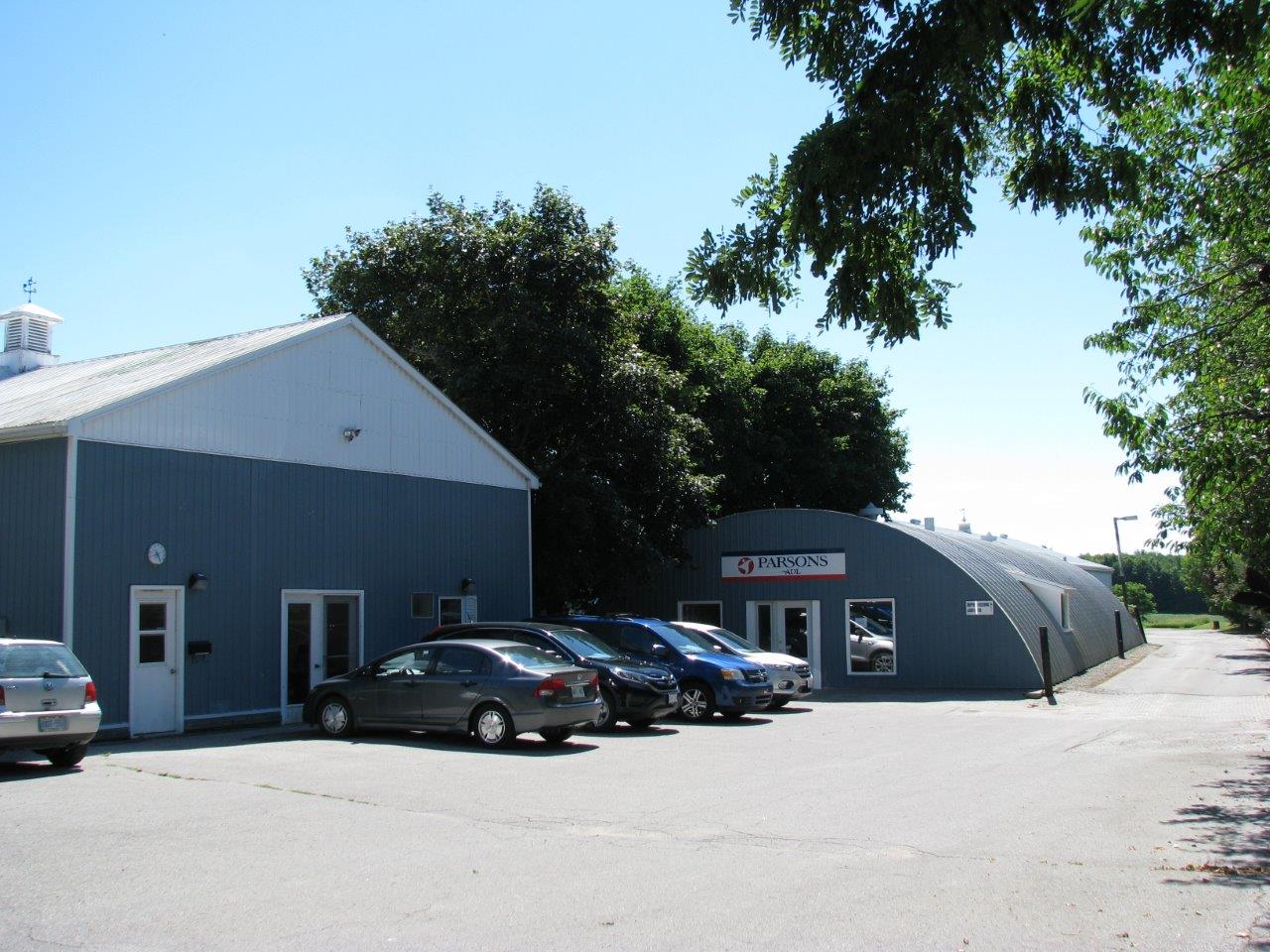
Parsons ADL
Located in New Tecumseth, Ontario, Parsons ADL is a manufacturer of home health care products. The company strives to create innovative solutions that will help improve the quality of life for the ageing population, as well as individuals with disabilities.
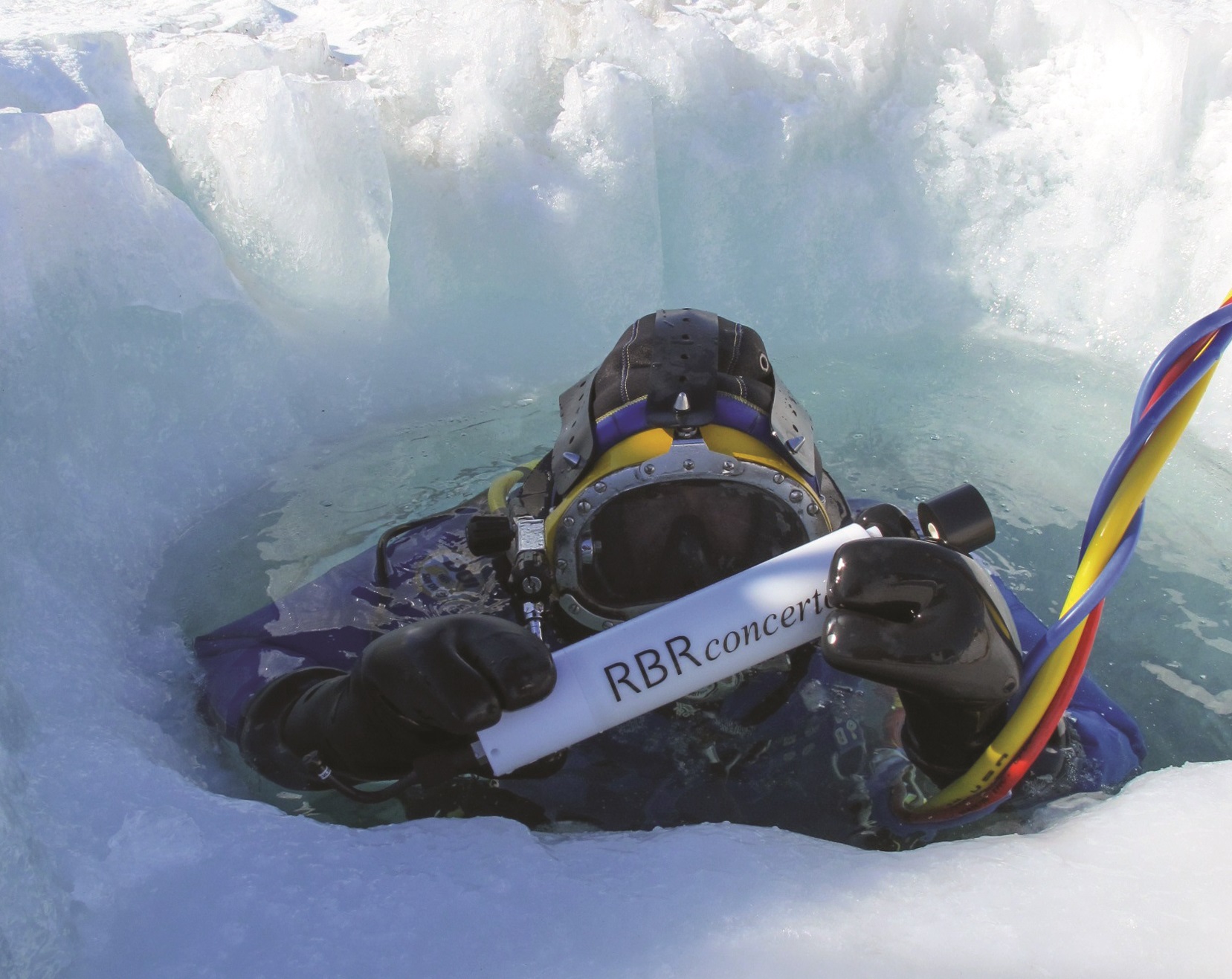
RBR Ltd.
RBR designs and manufactures innovative oceanographic instruments that satisfy customer budgets and applications. The company offers sensors capable of tracking various water parameters, data loggers, and a variety of accessories for its products.
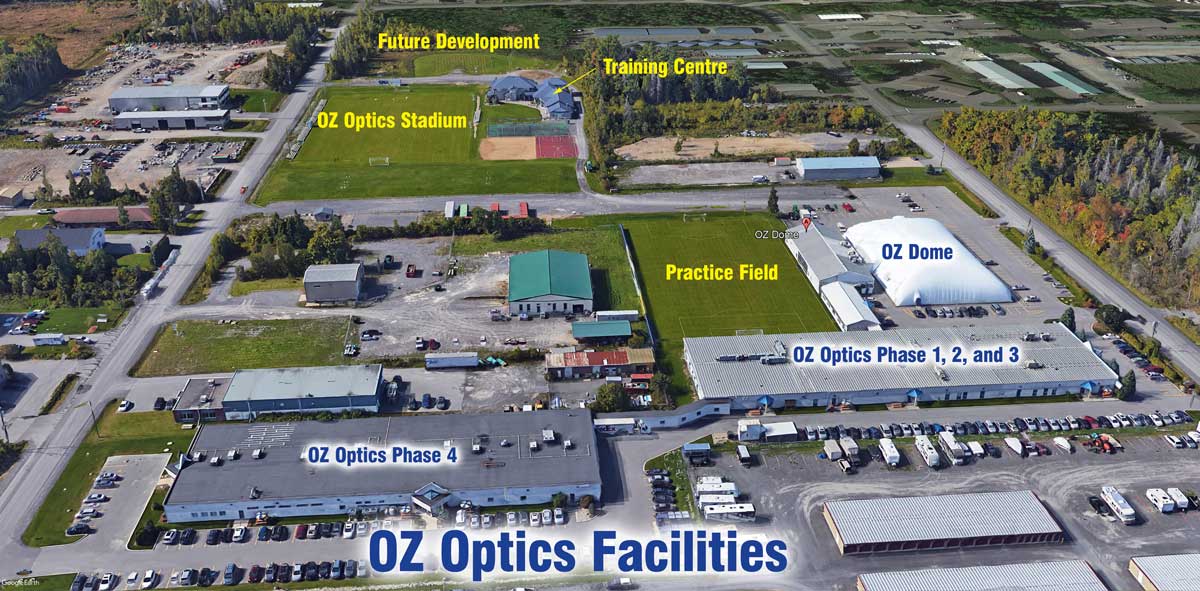
OZ Optics Ltd.
OZ Optics designs and manufactures advanced fiber optic components and test equipment for various fiber optic markets. The company implements rigorous quality standards to achieve its goal of providing all customers with a competitive advantage, and has become a leading worldwide supplier of optic products.
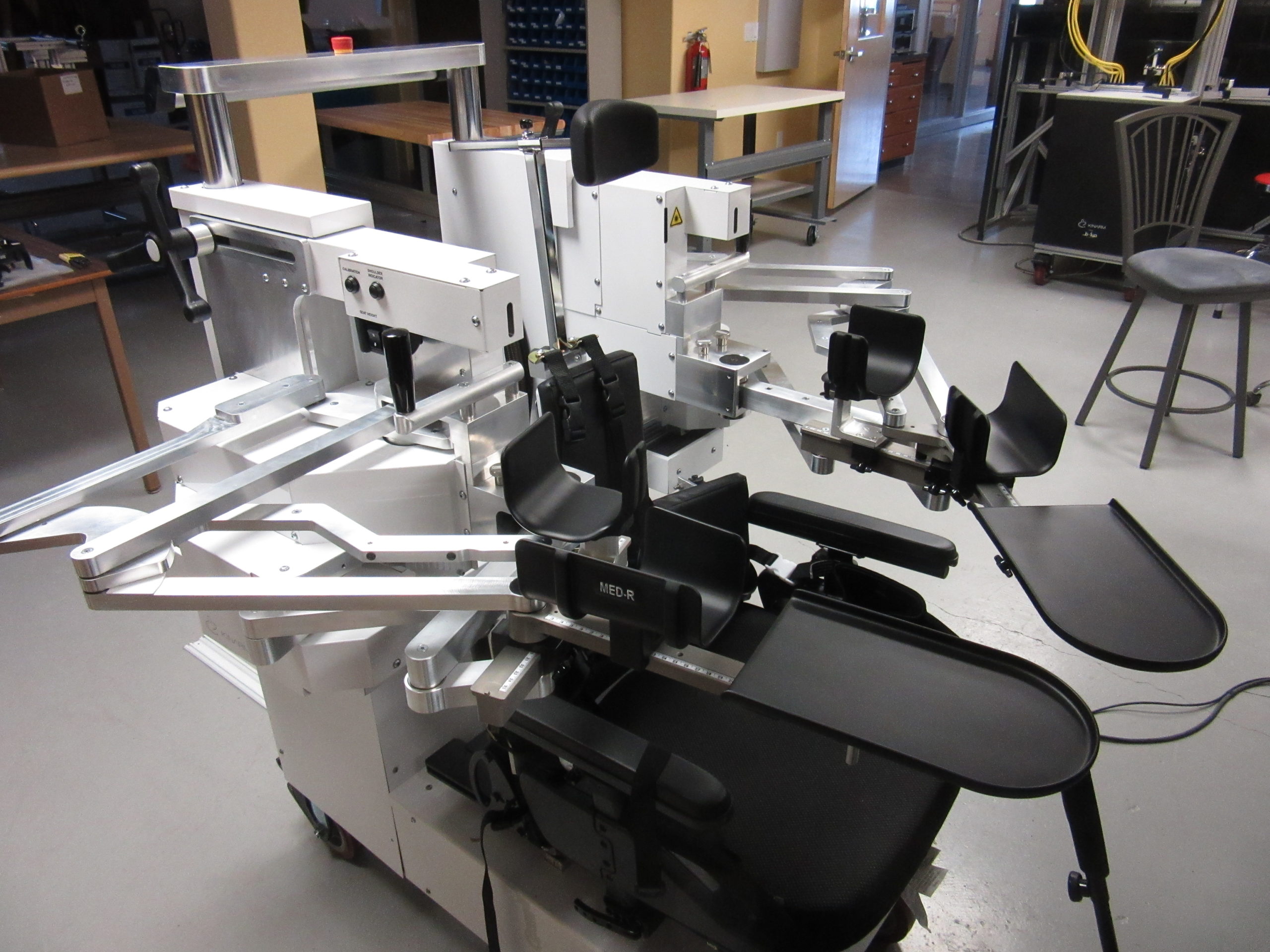
Kinarm
Kinarm is transforming the assessment of brain injuries by putting cutting-edge robotics technology into the hands of neuroscientists and clinician-scientists around the world.

